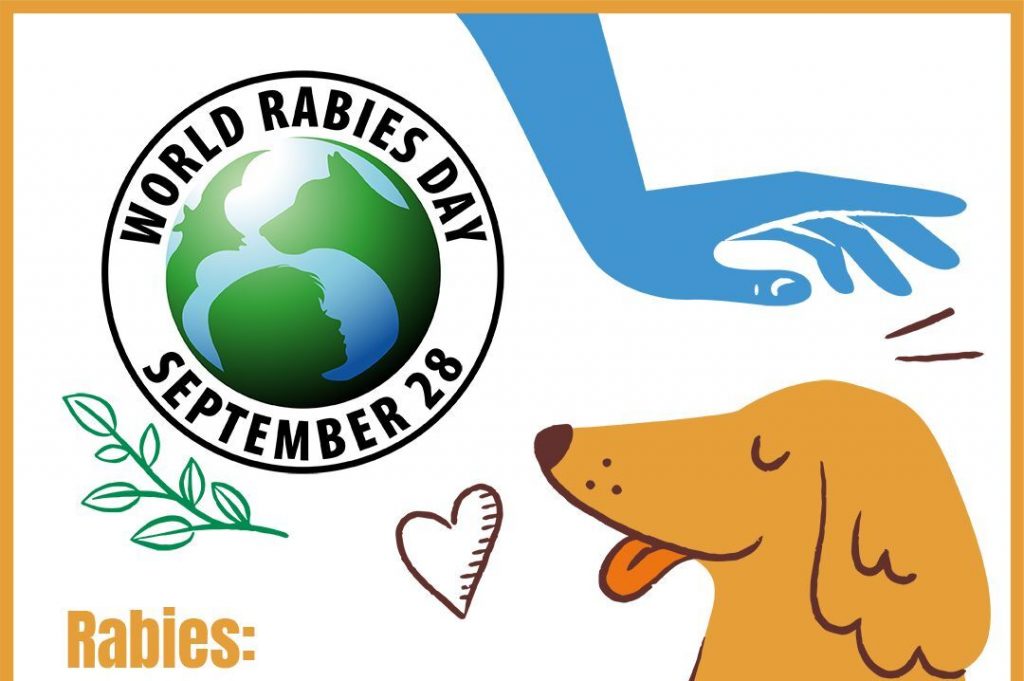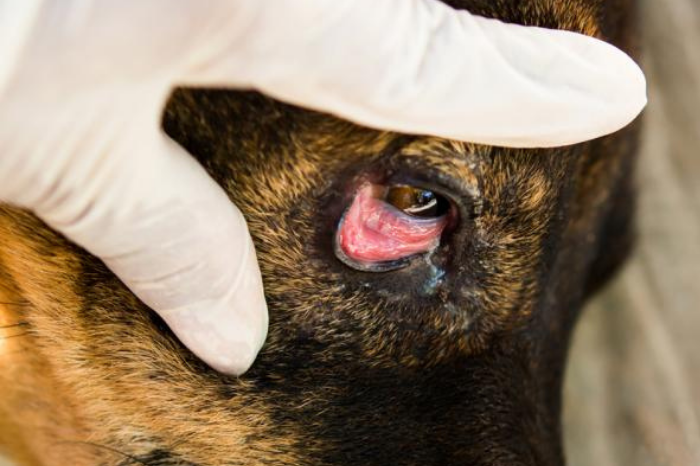

Neurotropic Rabies Virus
In the movies, being bitten by an animal gives you the superpower of that animal; but in real life, the only power you get might be lethal. The fact is, rabies killed around 59000 people worldwide in 2022, according to CDC. 16 years ago, the world celebrated World Rabies Day on the 28th in September to highlight the connection of the environment with both people and animals. The theme for this year’s celebration is “One Health, Zero Death.”
Rabies is derived from a Latin word that means “madness.” The reservoir of the virus is found in all mammals, including wild animals (raccoon, fox, skunk, mongoose) and the addition of domestic animals such as dogs, cats, rabbits, hamsters, and rats. These species vary depends on the country and continent. The most common route of exposure to rabies is when humans are bitten or scratched by a rabid animal.
Cycle
The virus passes from the saliva of the animal through human tissue. It then replicates in the muscles (if left untreated). On later stages, it moves to the nervous system. If the patient is not vaccinated or untreated, the virus will cause encephalitis and is the initial cause of death.
Signs and Symptoms
The first symptoms of rabies might last for days and characterized by flu symptoms and also includes general weakness and discomfort, itching sensation at the site of the bite that may lead to cerebral dysfunction, anxiety, and agitation. As the disease progresses, the person may express abnormal behaviour, hallucinations, insomnia, photophobia and hydrophobia. The acute period of rabies disease ends within a week after the clinical signs had occurred, in addition to the supportive treatment.
Treatment
The first effective treatment was through a vaccine discovered in 1885 by Louis Pasteur. Nowadays, HDCR vaccines are widely used in both treatment and prevention. It is administered intramuscular or through subcutaneous routes (depending on the case) following a schedule.
Veterinarians, lab technicians and personnel, travellers and animal handlers are all considered high-risk individuals; thus, it is recommended for them to vaccinated against rabies.
Prevention
Rabies control programmes offer a great example for One health systems, but it also demonstrates what collaboration across sectors can achieve. The implementation of a nation-wide strategies and the structures and trust that underpin these are crucial for other zoonotic diseases, including those that are pandemic prone. There, the best form of prevention from rabies disease includes:
- Mandatory dog (and all pets) vaccination.
- Euthanize suspected and infected animals.
- Limit animal travel between rabies-free countries and high-risk ones.
Zero Deaths
The world has the vaccines, medicines, tools, and technologies to break the cycle of one of the oldest diseases.
Zero by 30: A global strategic plan for the elimination of a dog-mediated human rabies deaths by 2030 is an ambitious document with achievable targets. The vision is aligned with the new NTD road map that prioritizes integrated interventions and mainstreaming NTD programmes within national health systems.
The integrated approaches advocated in both the Global Strategic Plan for rabies and the road map are relevant, as they show the importance of working together optimally and collaboratively in the face of numerous challenges, as experienced during the current COVID-19 pandemic. Therefore, it is critical to work with stakeholders, champions, and people at community, local, national, and global levels to rebuild and strengthen health systems and rabies control programs. By collaborating and joining forces, encouraging communities and committing to sustain dog vaccinations, rabies can be eliminated.
To sum up, rabies is a lethal disease that spreads through biting. It is incurable but can be prevented with vaccination even during following a bite (at some point). If it is not mandatory by national laws, vaccination is recommended in high risks scenarios.
recent post

EARLY DETECTION AND TREATMENT OF HIP DYSPLASIA IN PUPPIES
Hip Dysplasia in dogs is an anatomical orthopedic condition which has a genetic background and affects mostly..
learn more
“CHERRY EYE” or PROTRUSION OF THE GLAND OF THE 3rd EYELID
Protrusion of the gland of the third eyelid (or “cherry eye”) occurs most commonly in dogs and..
learn more



